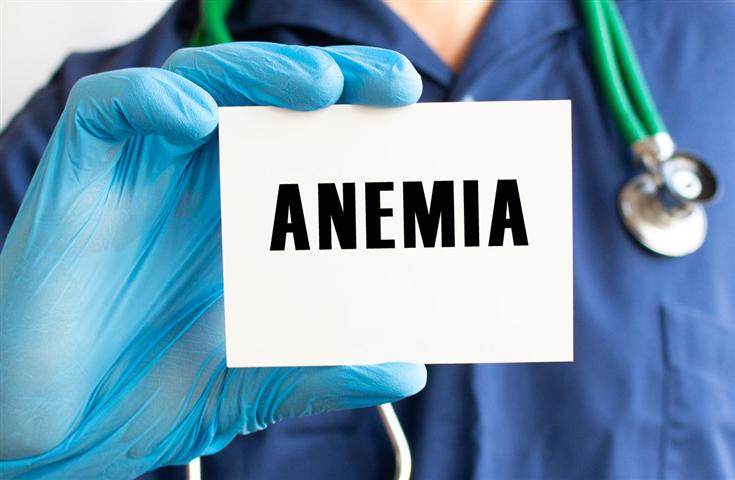The new framework sets forth ways to address the direct causes, risk factors and broad social inequities that are fundamental drivers for anemia.
Progress on reducing anemia has been slow and the world is not on track to reach the global target.
Anemia is a serious global public health problem, affecting 571 million women and 269 million young children worldwide.
In 2019, anemia affected 40% of children between six months and five years of age, 37% of pregnant women and 30% of women aged 15 to 49 years, being more prevalent in low- and middle-income countries.
Anemia increases the risk of infections and death, impairs cognitive performance, and causes extreme fatigue, poor pregnancy outcomes, loss of earnings, and poor growth and development.
“Most work on addressing anemia has been focused on the prevention and treatment of iron deficiency,” said Francesco Branca, Director of WHO’s Department of Nutrition and Food Safety.
“However, anemia is a complex condition with multiple causes – including other nutritional deficiencies, infections, inflammation, gynecological and obstetric conditions, and inherited red blood cell disorders.” All must be addressed to effectively prevent and treat anemia.
pll/jha/lpn










